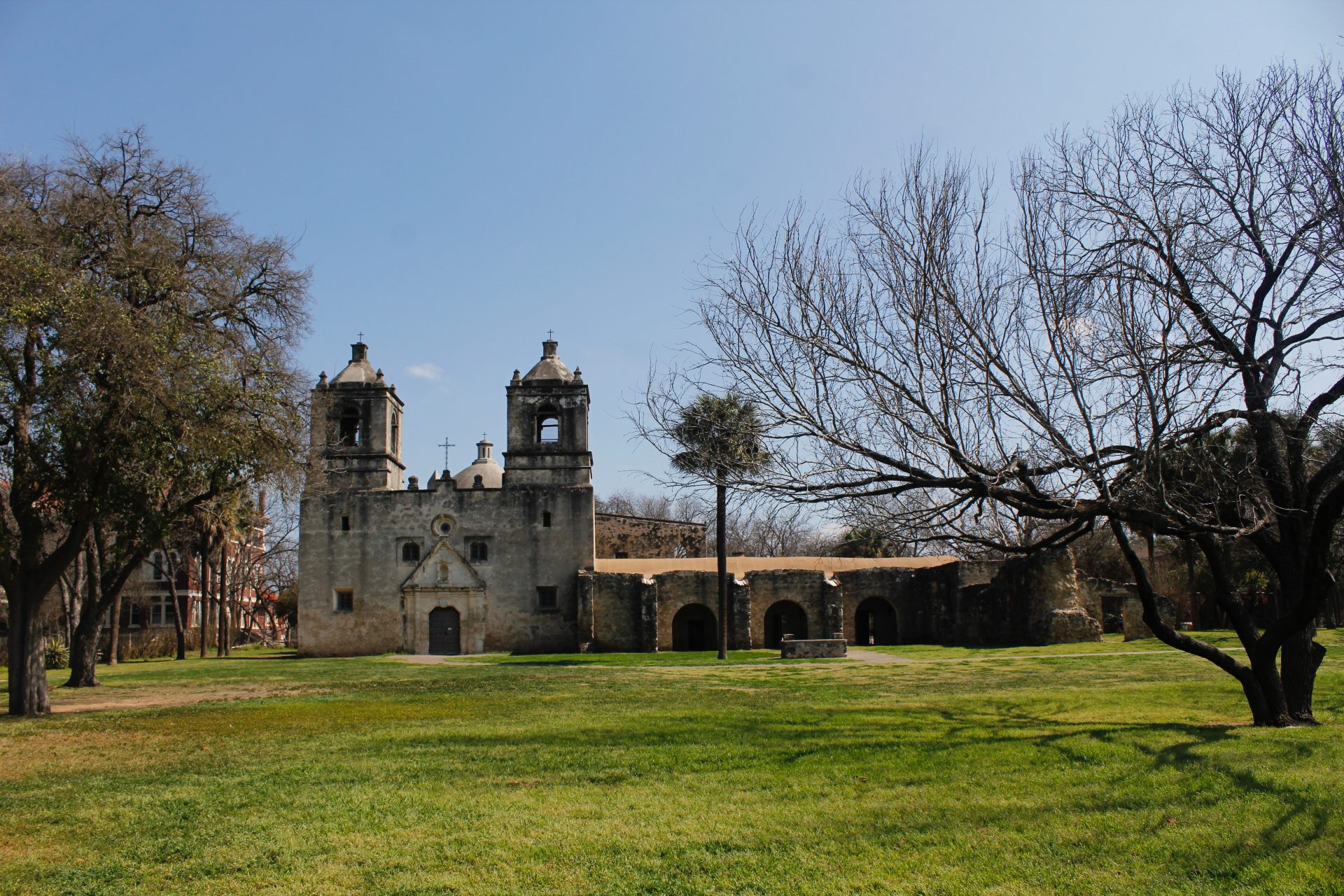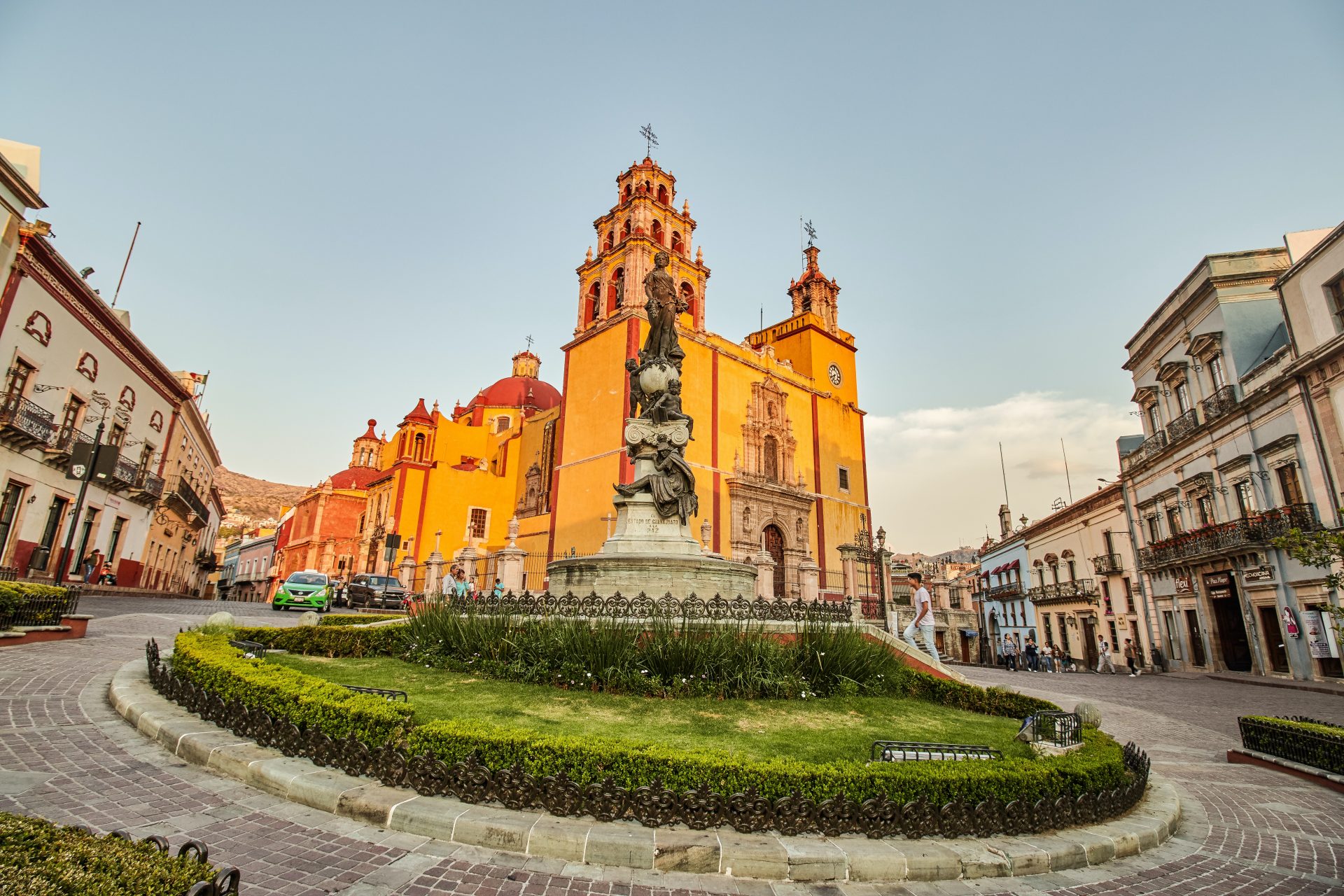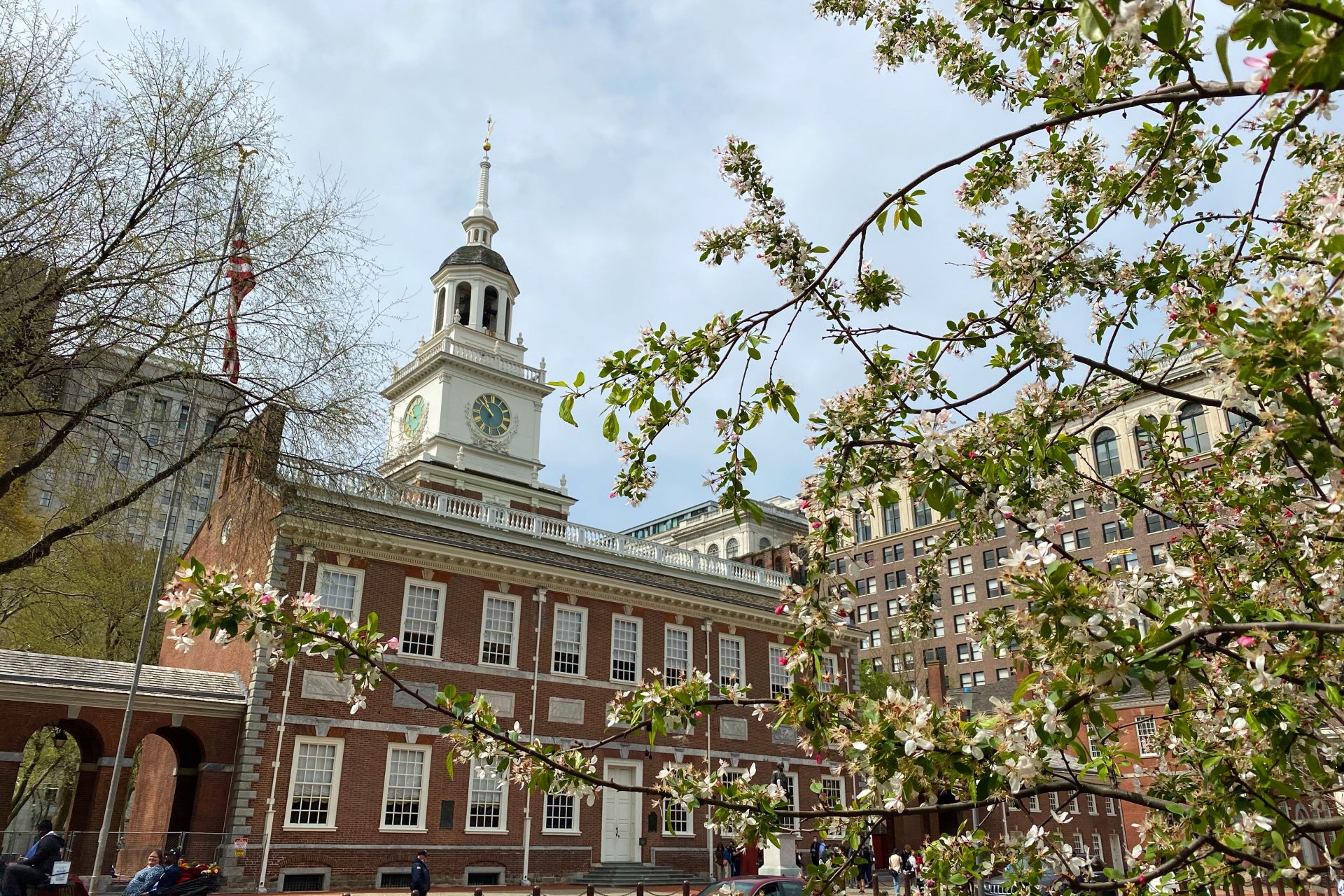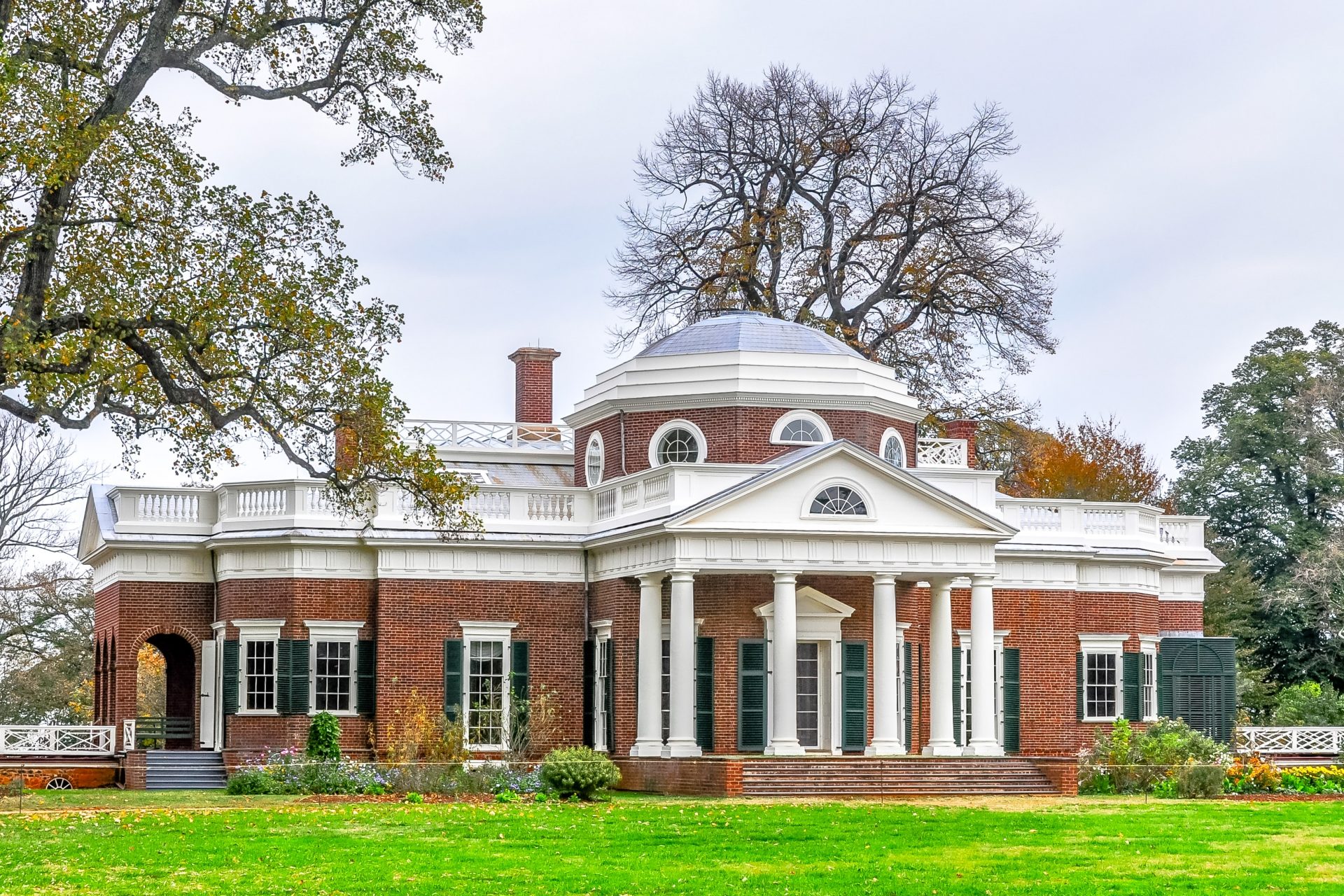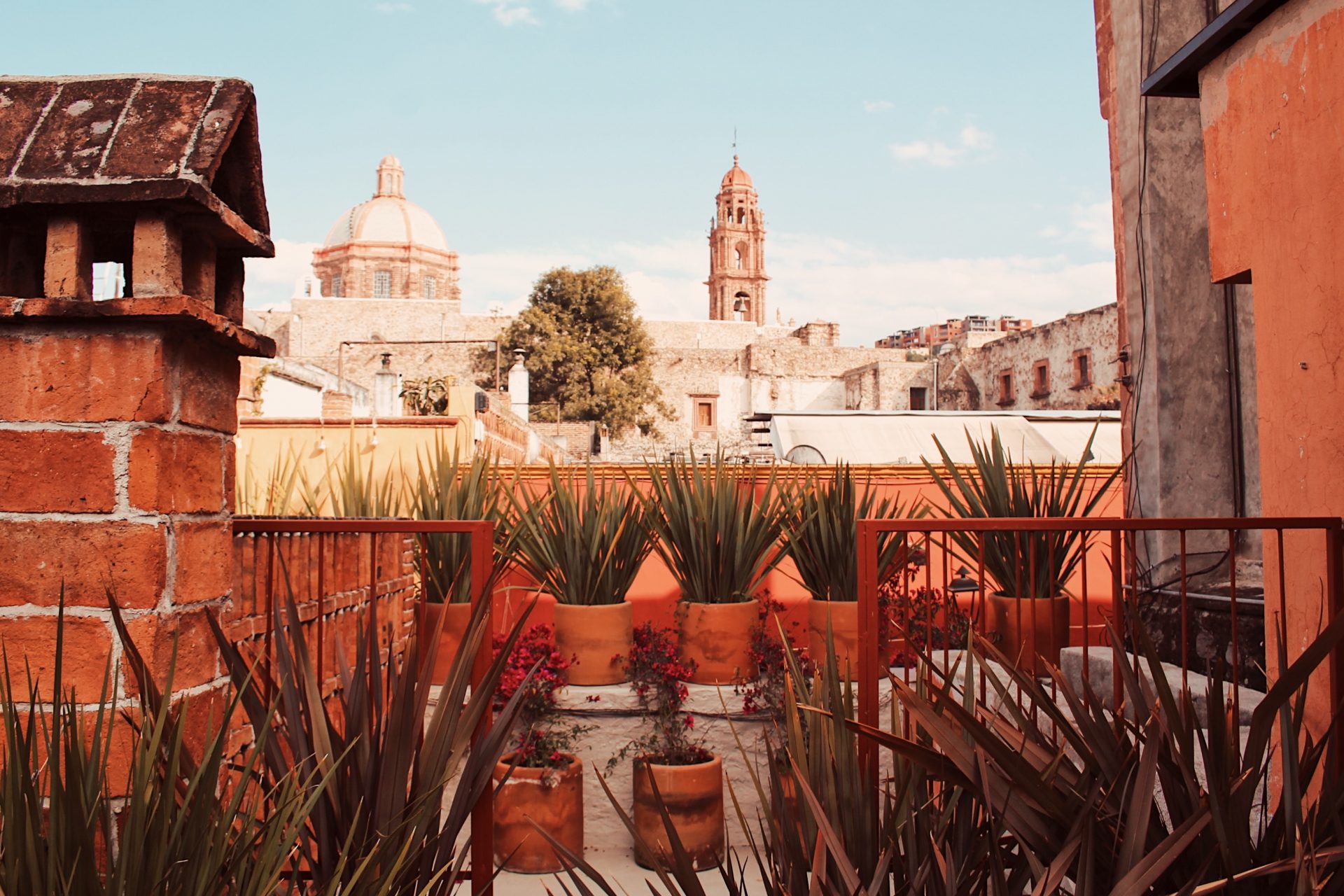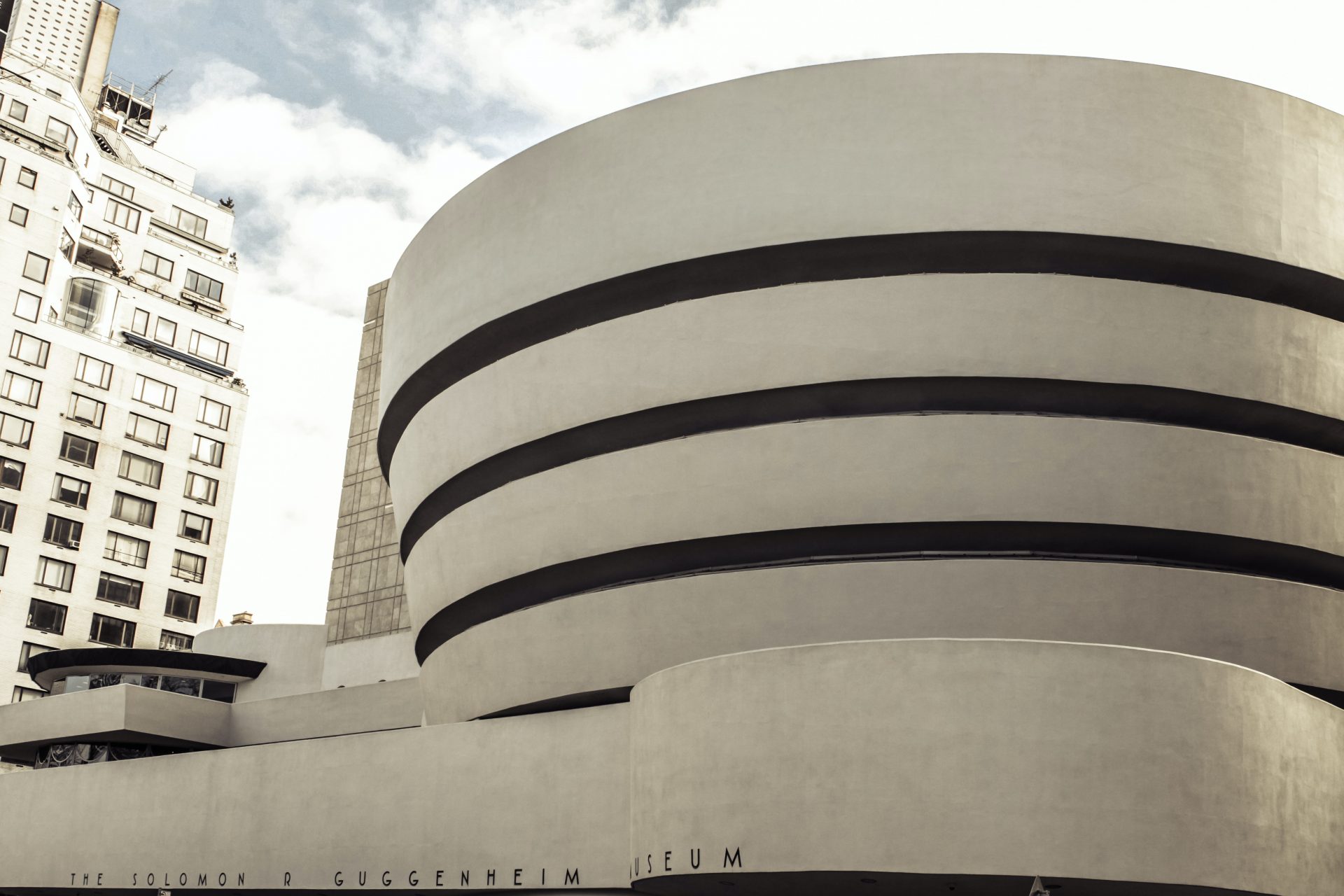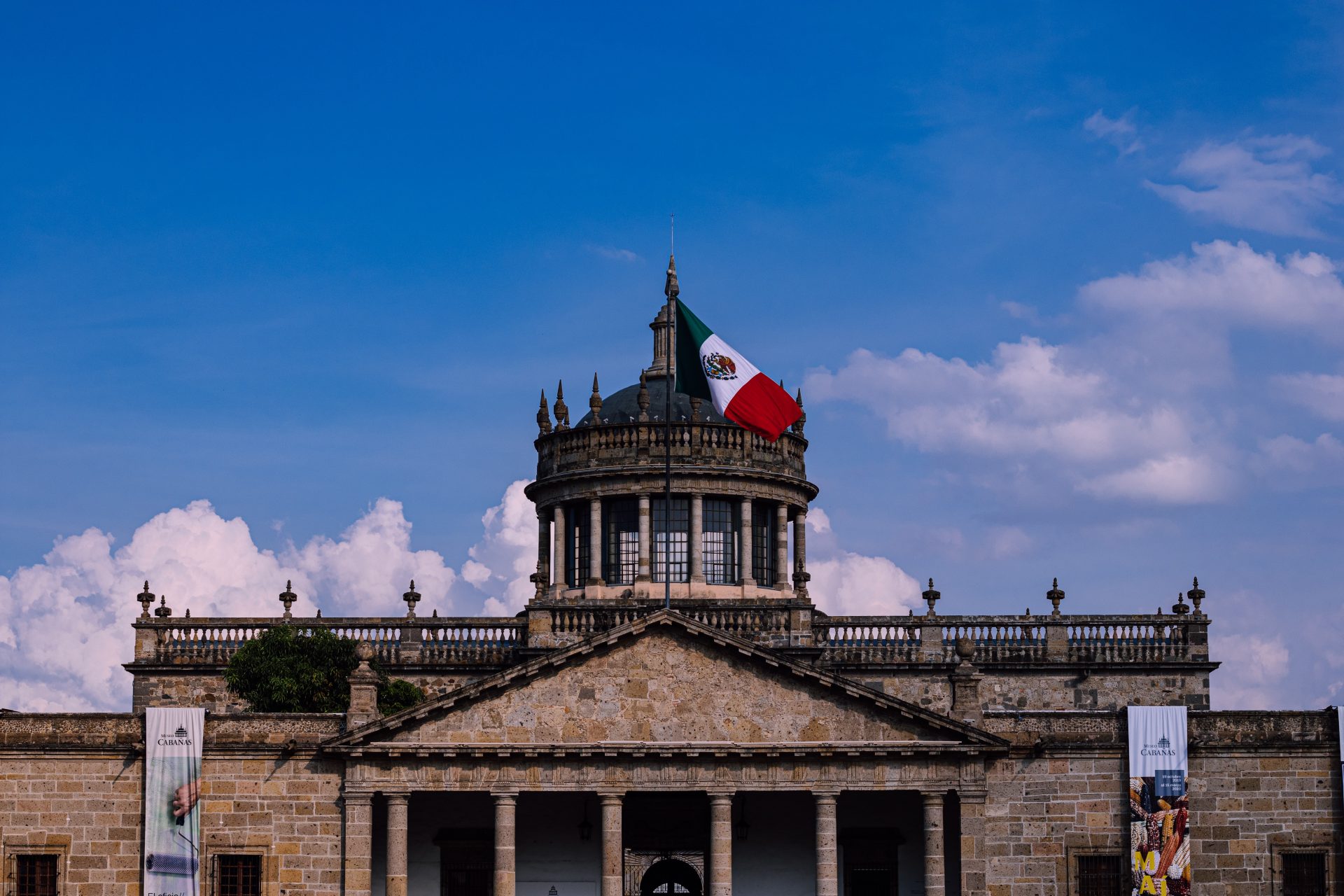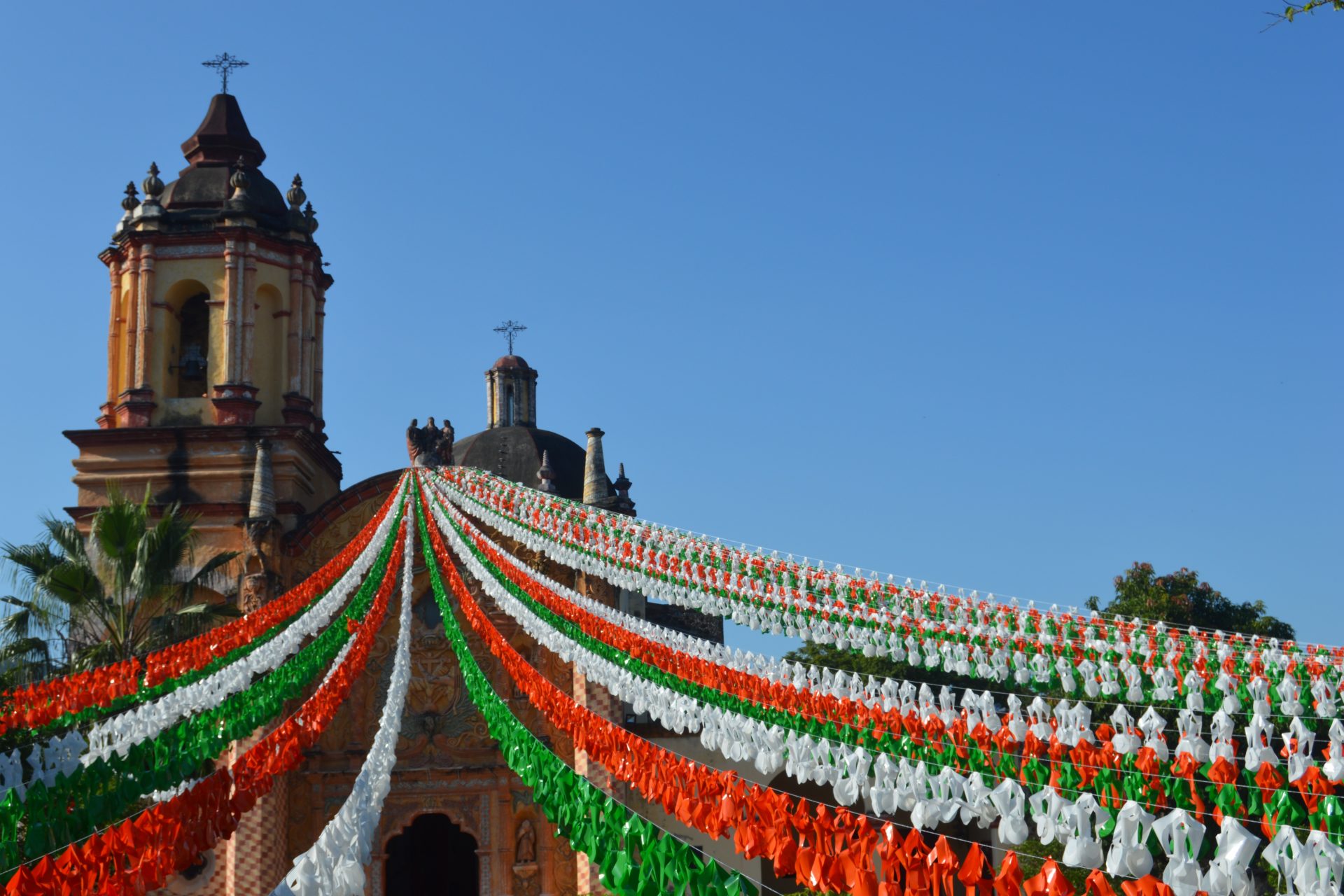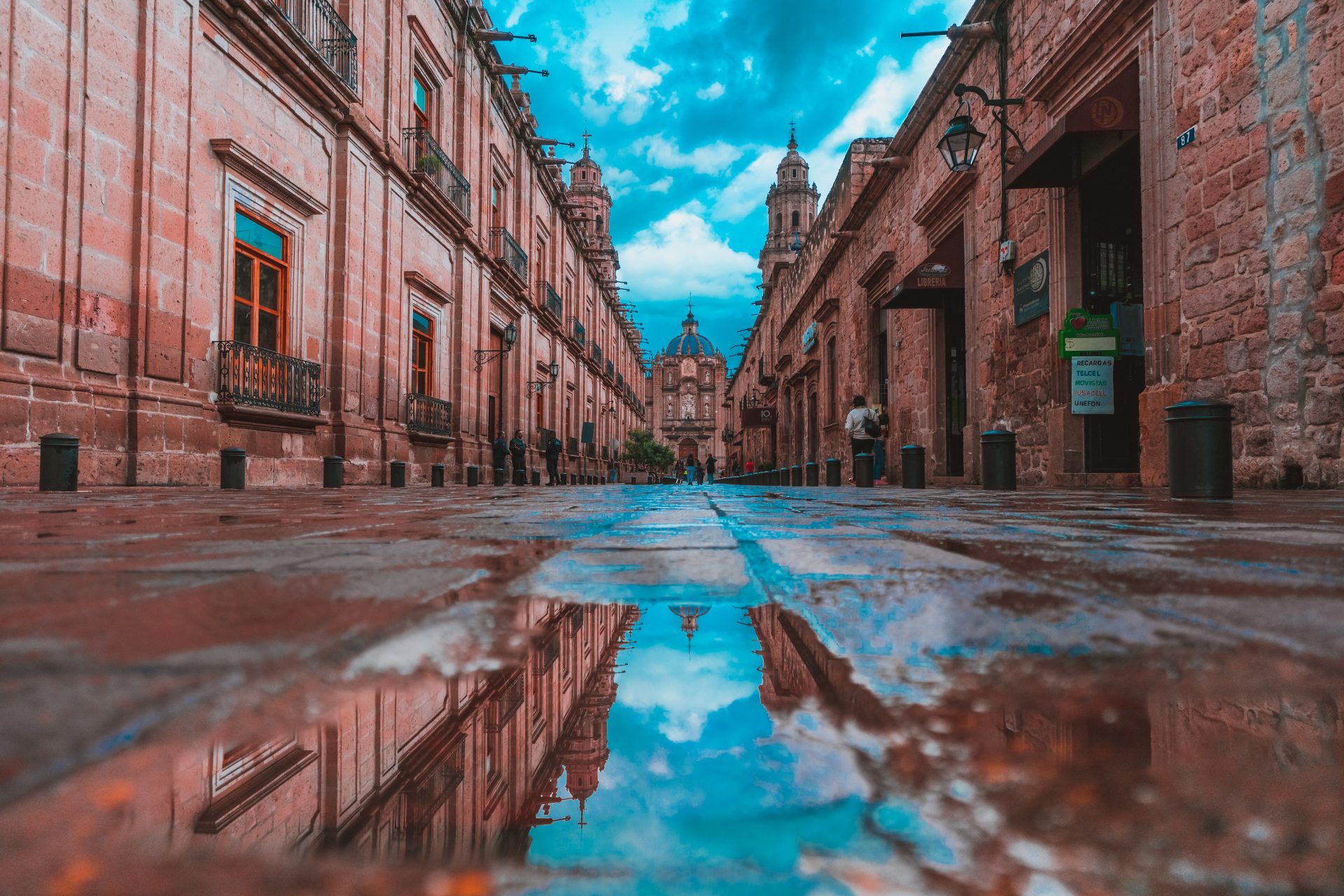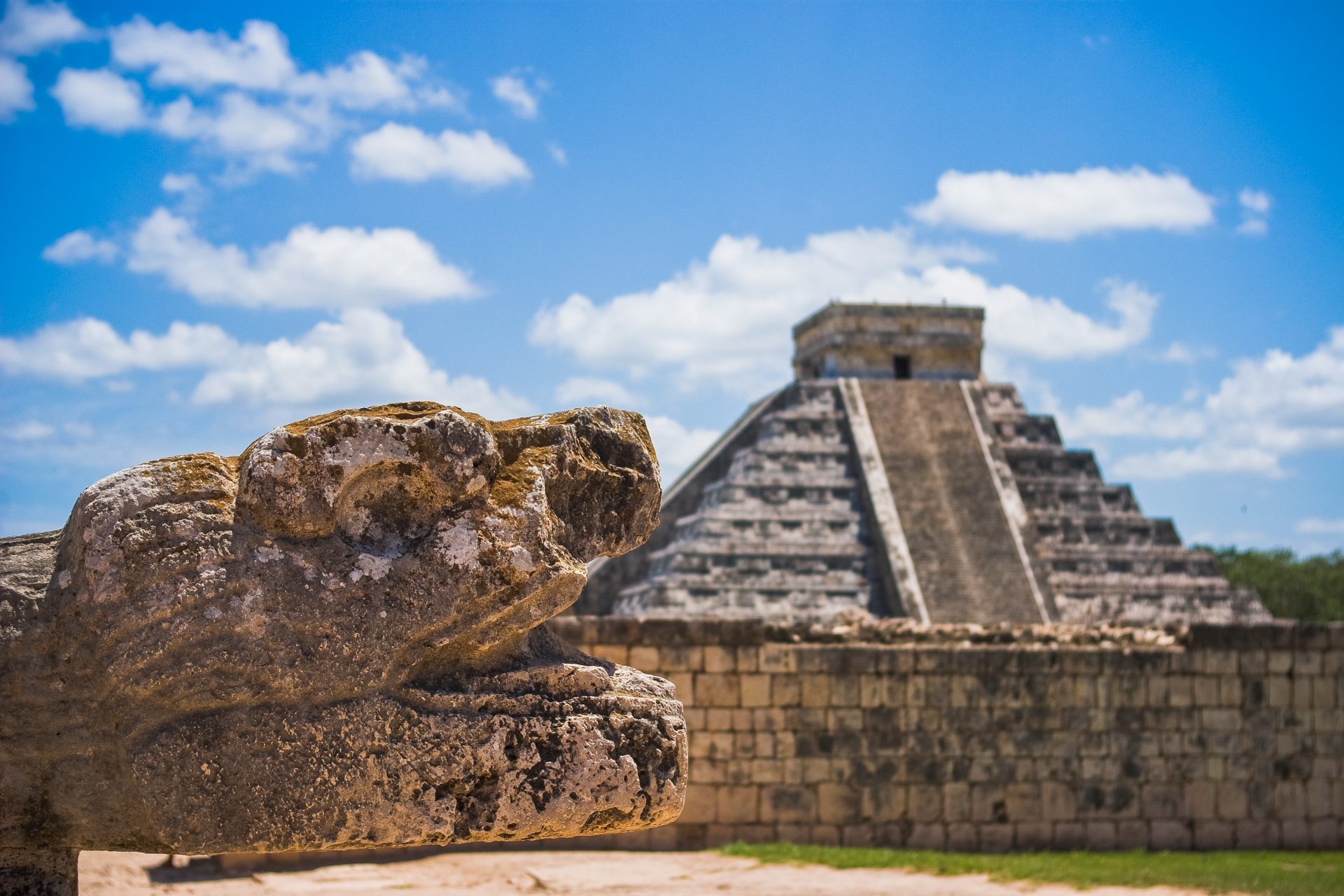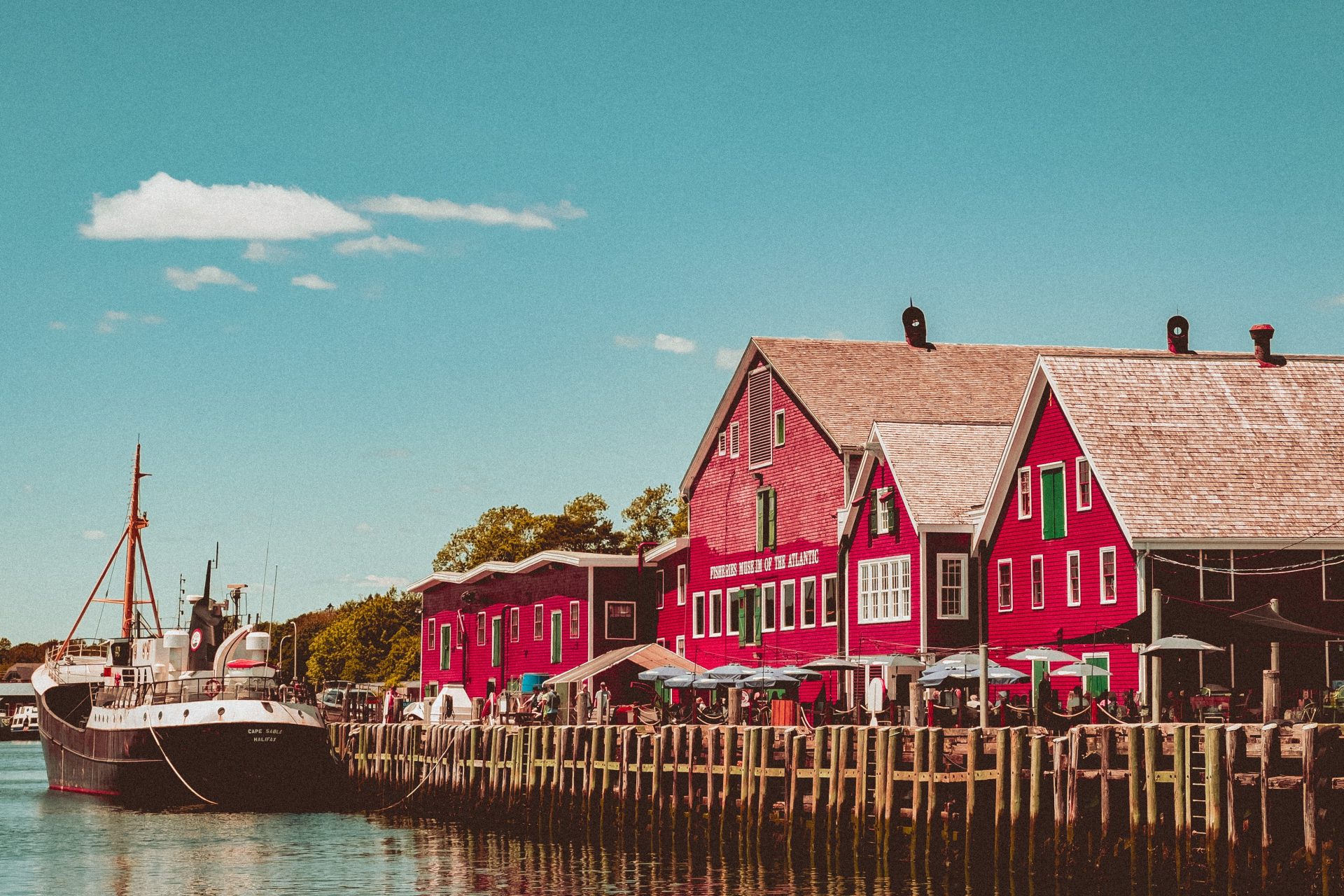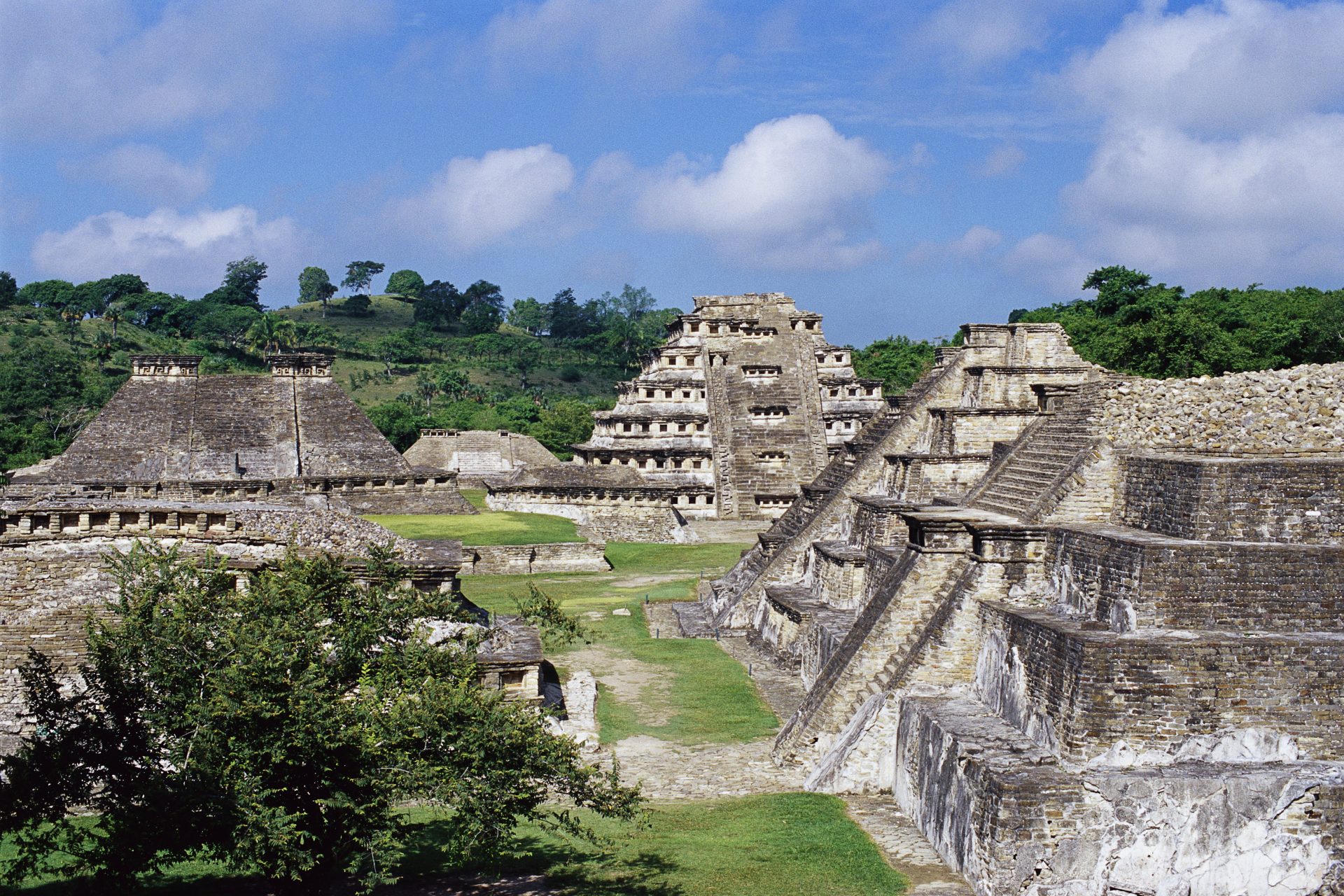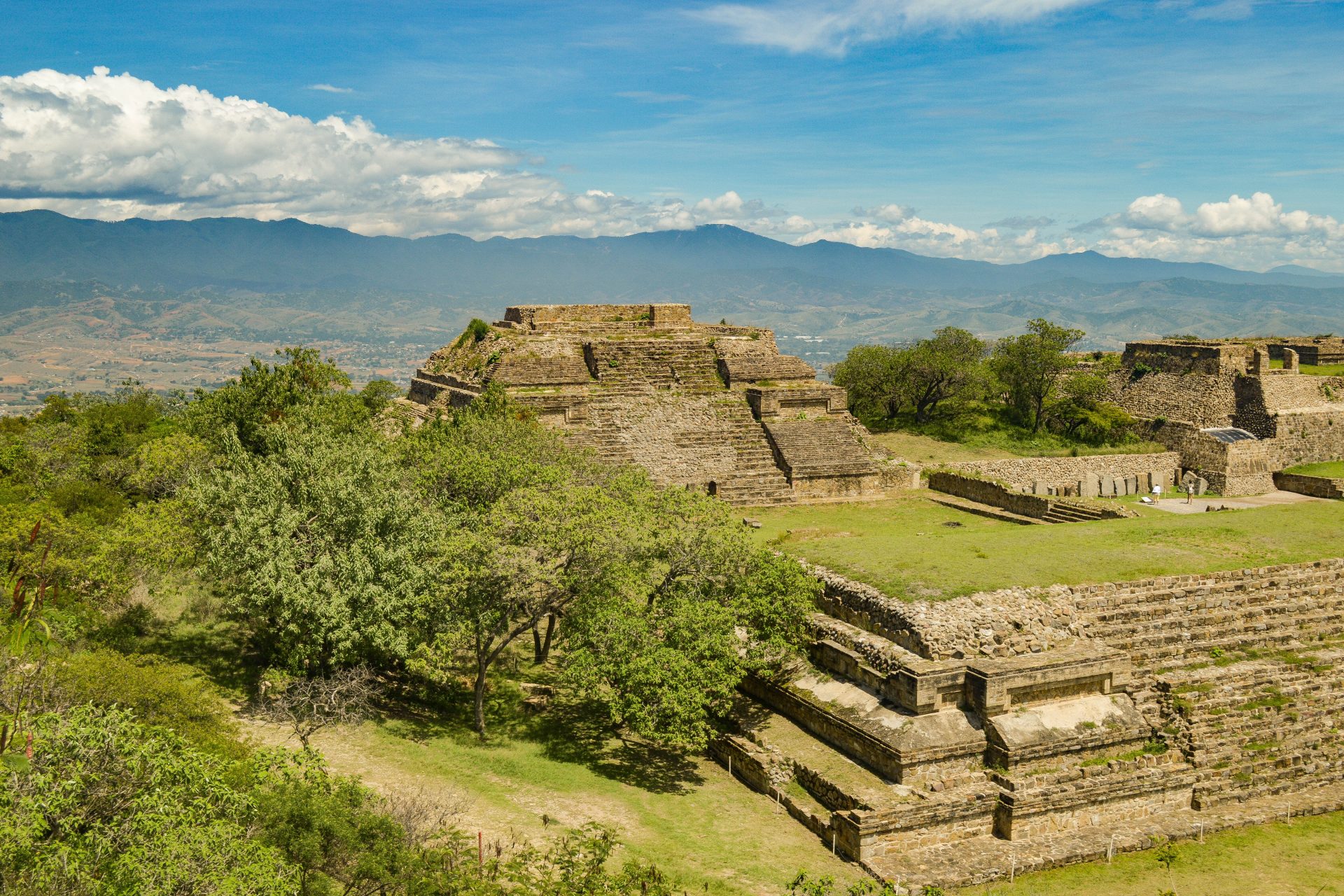The most beautiful (and lesser-known) World Heritage sites in North America
Today we take you to the most beautiful cultural places in North America that are on the UNESCO World Heritage List.
Follow Showbizz Daily to stay informed and enjoy more content!
This heritage site consists of five mission buildings and a farm in south Texas, with architectural and archaeological structures dating from the 18th century. The buildings reflect the cultural fusion between the Spanish and the indigenous Coahuiltecan Indians.
Photo: LeVan Smith III / Unsplash
Who doesn't know the Statue of Liberty? Designed by Bartholdi and Eiffel, it is a hollow colossus of copper plates on a steel framework. It was donated to the U.S. by France in 1886.
Photo: Pierre Blaché / Unsplash
Founded in the 16th century by the Spanish, Guanajuato became the world's premier silver mining center in the 18th century. It includes underground passages and the 'Boca del Inferno' mine shaft, which is 600 meters deep.
Photo: Gerardo Martin Fernandez / Unsplash
The Declaration of Independence and the United States Constitution were signed in 1776 and 1787 at Independence Hall in Philadelphia. The building was designed by Andrew Hamilton and contains a bell weighing no less than 943 kilos (2078.96 pounds).
Photo: Miguel Ángel Sanz / Unsplash
Thomas Jefferson (1743-1826) co-wrote the American Declaration of Independence. He was the third president of the US and a gifted neoclassical architect. He designed Monticello (1769-1809) and the academic village of the University of Virginia (1817-1826).
Photo: Richard Hedrick / Unsplash
A fortified town from the 18th century, San Miguel has religious and civil buildings in the Mexican Baroque style. The Jesuit Shrine is a beautiful example of Baroque art and architecture. This location is home to an imposing church, as well as chapels decorated with paintings and murals.
Photo: Tania Ramirez Trejo / Unsplash
Frank Lloyd Wright designed Fallingwater, the Jacobs House, and the Guggenheim Museum (photo) in the first half of the 20th century. Wright's buildings epitomize "organic architecture," with innovative design elements such as seamless transitions between indoors and outdoors.
Photo: Joe Dudeck / Unsplash
Hospicio Cabañas, founded in the early 19th century, provided shelter and care to vulnerable groups. The unique design focused on the needs of the residents. The building contains beautiful murals from the 20th century and exudes harmony.
Photo: Alejandro Barba / Unsplash
Founded by the French explorer Champlain in the 17th century, Quebec is the only North American city to have retained its city walls and defenses. Built on a cliff, the Upper Town is home to churches, monasteries, and historical sites.
Photo: Timothée Geenens / Unsplash
Follow Showbizz Daily to stay informed and enjoy more content!
An old colonial city with Spanish streets and Indian alleys, Querétaro has been home to different cultures. It boasts beautiful Baroque monuments from the Golden Age but has had economic ups and downs since then. It is also known for the historic peace treaty Mexico signed there with the United States in 1848.
Photo: Omar Corona / Unsplash
Founded in the 16th century, Morelia combines Spanish Renaissance and Central American influences. The hilly streets, pink stone buildings, and eclectic architecture reflect centuries of history. The city was crucial to Mexican independence.
Photo: Jezael Melgoza / Unsplash
Chichén-Itzá, on the Yucatán Peninsula, was once one of the largest Mayan centers. It showcases the fusion of Mayan and Toltec influences in architecture and art, with notable monuments such as El Castillo and El Caracol.
Photo: Marv Watson / Unsplash
Founded in 1753, Lunenburg represents a rare surviving example of British colonial history in North America. Little has changed in the buildings and people still earn their money by fishing.
Photo: Chetanpreet Singh Sachdeva / Unsplash
In the period from the 9th to the 13th century, after the fall of Teotihuacán, El Tajin in Veracruz was the most important center in northeastern Central America. It is distinguished by detailed sculptures and reliefs, with the 'Pyramid of the Niches' being a masterpiece of ancient Mexican and American architecture.
This area includes pre-Hispanic archaeological sites and caves. Guila Naquitz Cave contains ten-thousand-year-old Cucurbitaceae seeds. It shows the human-nature relationship the origins of plant domestication in North America and the rise of Mesoamerican civilizations.
Photo: Matthew Essman / Unsplash
Follow Showbizz Daily to stay informed and enjoy more content!


